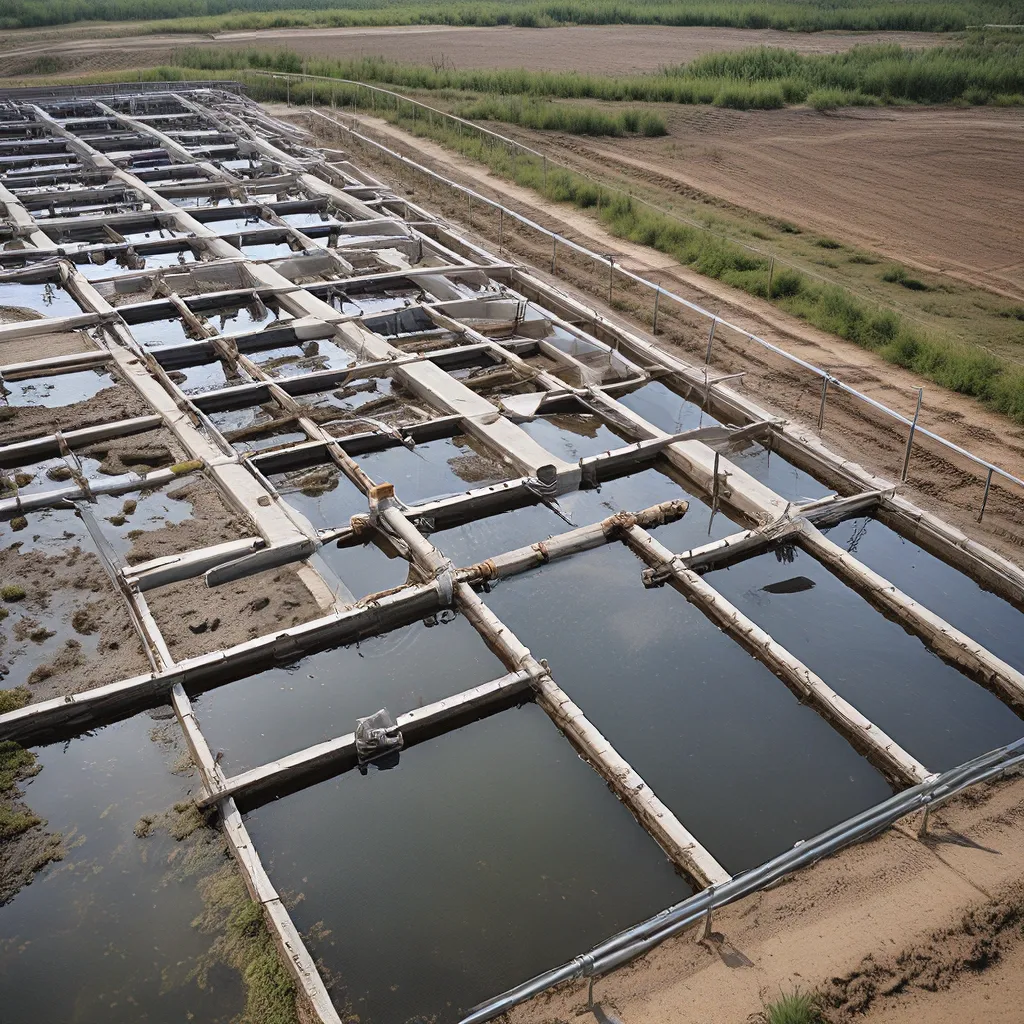
As an environmental enthusiast, I’ve always been fascinated by the remarkable processes that occur within the unseen world of wastewater treatment. It’s a realm where nature and technology converge, where microorganisms and cutting-edge innovations work hand in hand to transform the very essence of our water resources. And let me tell you, the developments happening in this space are nothing short of awe-inspiring.
Harnessing the Power of Biotechnology
In the past, wastewater treatment was often a laborious and resource-intensive process, relying heavily on energy-guzzling mechanical systems and chemical treatments. But thanks to the remarkable advancements in biotechnology, we’re now able to harness the incredible capabilities of nature itself to tackle this challenge.
I mean, just think about it – the very microorganisms that thrive in our wastewater streams have evolved over millions of years to break down and metabolize a vast array of organic compounds. It’s a natural process that’s already happening, and we’re learning to leverage it in ways that are both efficient and sustainable.
Cutting-edge research has revealed that by carefully cultivating and optimizing these microbial communities, we can create ‘bioreactors’ that perform the heavy lifting of wastewater treatment. These living, breathing systems use naturally occurring bacteria, fungi, and even algae to consume and transform the pollutants in our wastewater, breaking them down into harmless byproducts.
Unlocking the Potential of Nature-Based Solutions
What’s even more remarkable is that these nature-based solutions don’t just improve the efficiency of wastewater treatment – they also have the potential to deliver a whole host of ancillary benefits. For example, certain microbial species can be harnessed to recover and recycle valuable nutrients like nitrogen and phosphorus, which can then be repurposed for agricultural use or other applications.
And the synergies don’t stop there. Some of these bioengineered systems can even be designed to generate renewable energy in the form of biogas, which can then be captured and used to power the treatment facilities themselves. Talk about a win-win!
Researchers are also exploring how these nature-based solutions can be integrated with other green infrastructure, like constructed wetlands and bioswales, to create holistic, nature-inspired systems that not only treat wastewater but also enhance local ecosystems, improve urban resilience, and provide vital recreational and aesthetic benefits to communities.
Embracing the Future of Wastewater Treatment
Now, I know what you’re thinking – “This all sounds great, but how realistic is it, really?” Well, let me tell you, the future of wastewater treatment is already here, and it’s only getting brighter.
The U.S. government is making bold investments in biotechnology and biomanufacturing, with a focus on leveraging these technologies to tackle some of our most pressing environmental challenges, including wastewater treatment. And private industry is also rapidly embracing these nature-based solutions, recognizing their potential to improve operational efficiency, reduce costs, and minimize environmental impact.
In fact, I recently had the opportunity to tour a cutting-edge wastewater treatment facility that’s already putting these innovations into practice. The sheer scale and complexity of their biotechnology-powered systems was truly mind-boggling, yet they were able to achieve remarkable levels of pollutant removal and resource recovery while consuming a fraction of the energy of traditional treatment methods.
Navigating the Frontiers of Wastewater Innovation
Of course, as with any emerging field, there are still challenges and unknowns to navigate. Optimizing these microbial communities, understanding their long-term resilience, and ensuring reliable performance at scale are just some of the issues that researchers and engineers are working to address.
But I’m confident that with the right collaborative efforts and continued investment in research and development, we’ll be able to overcome these hurdles and unlock even more remarkable possibilities for wastewater treatment. Who knows, maybe one day we’ll even see wastewater-to-energy facilities that can power entire communities, or nutrient-rich biosolids that revolutionize sustainable agriculture.
The future is bright, my friends, and it’s all thanks to the incredible power of nature-based solutions and the visionary minds that are pushing the boundaries of what’s possible in the world of wastewater treatment. So, if you’re as fascinated by this field as I am, I encourage you to stay tuned, because the best is yet to come.